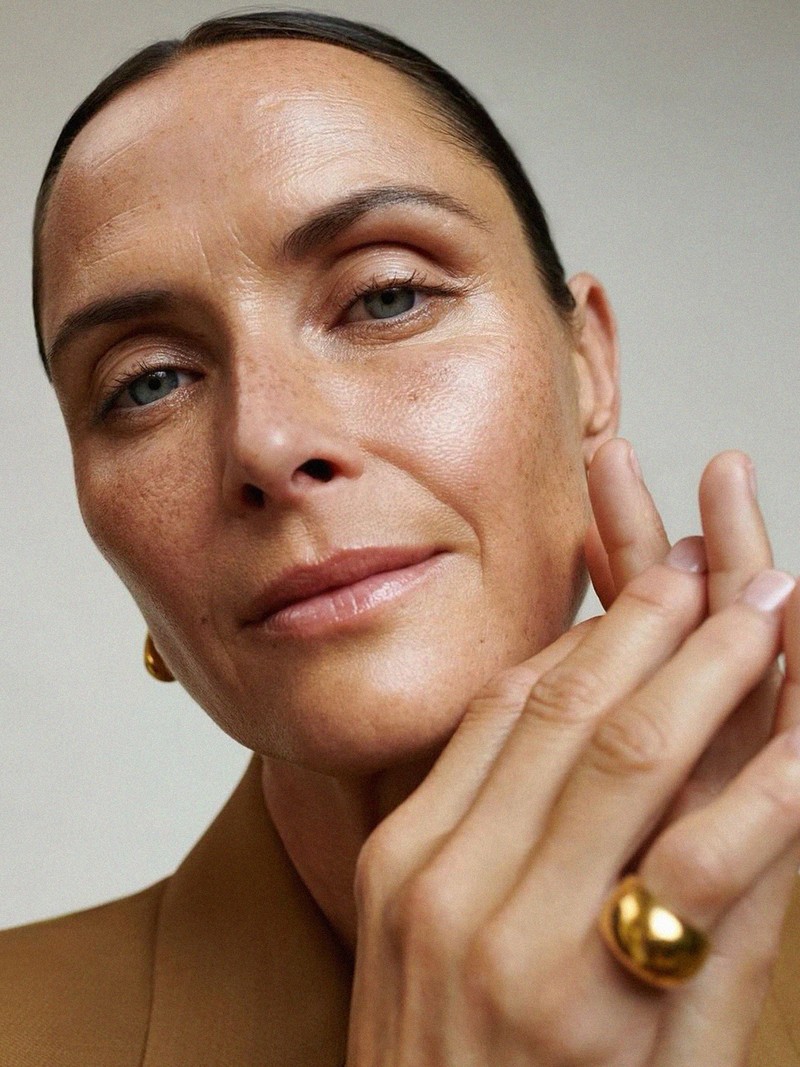
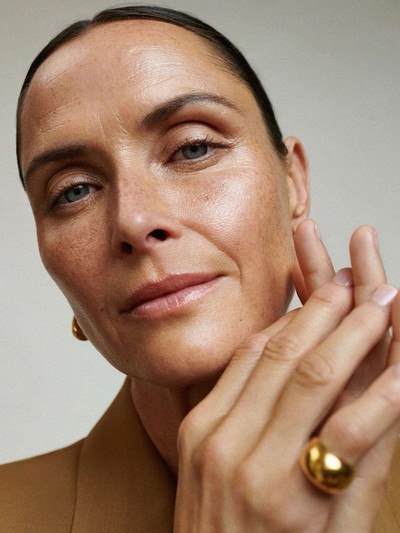
What Your Skincare Routine Should Look Like At Every Age
“In your 20s, you can get away with a simple skincare routine. It’s not uncommon for people to still suffer with acne in their 20s, so keep your routine as stripped back as possible. This should start with a single, effective cleanse, a hydrating moisturiser and, at the end, a good SPF. Look for formulas that contain niacinamide. Not only will this help to calm and support blemish-prone skin, it will also recharge skin cells and boost ceramide production.” – Dr Sam Bunting, cosmetic dermatologist
THE TREATMENT TO TRY: “At this age, your skin health is generally at its best – firm, resilient and naturally radiant. Gentle exfoliation is key. My signature Vico Glow treatment is designed to clear any congestion, maintain hydration and enhance your skin’s natural luminosity.” – Jasmina Vico, skin health & laser expert
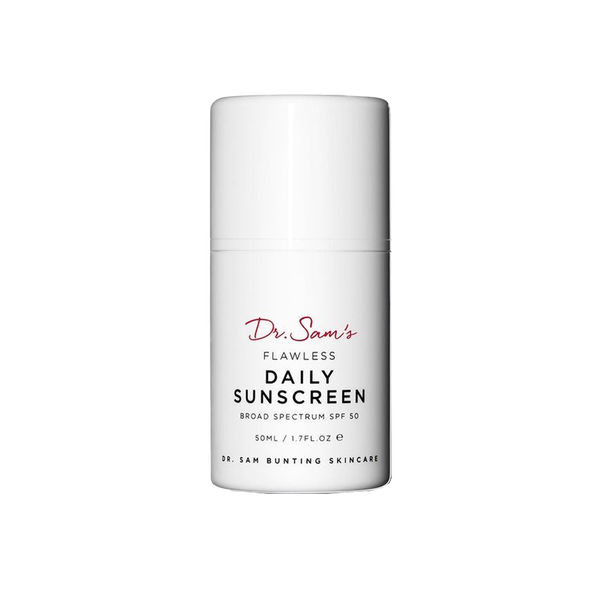
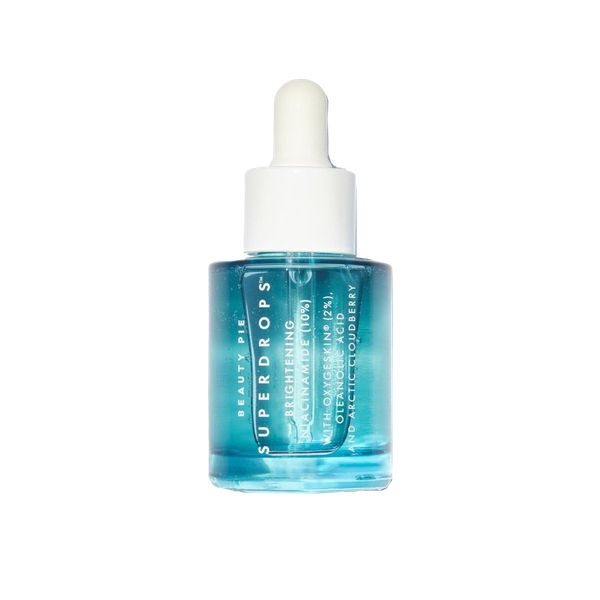
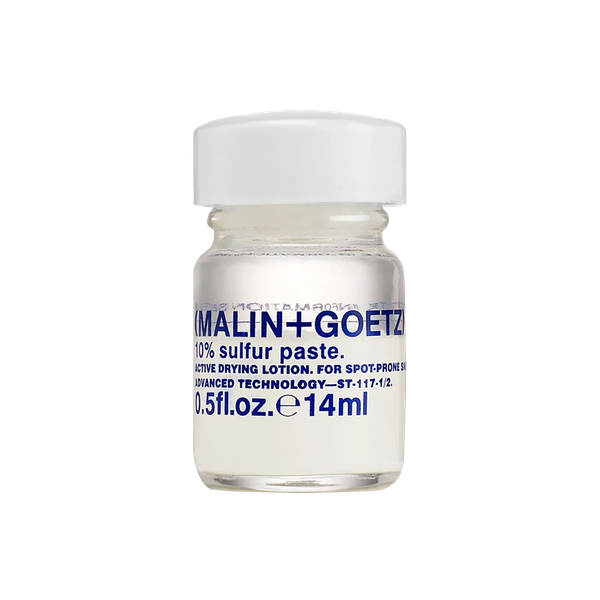
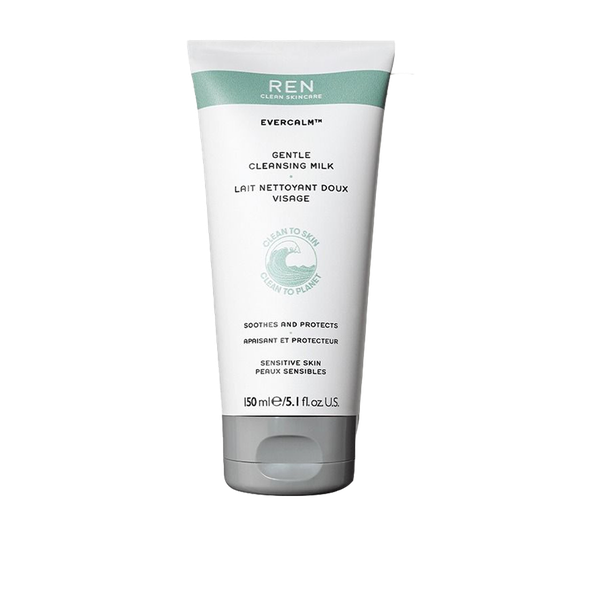

/https%3A%2F%2Fsheerluxe.com%2Fsites%2Fsheerluxe%2Ffiles%2Farticles%2F2024%2F09%2Fsl-editorial-050924-this-is-what-your-skincare-routine-should-look-like-at-every-age-30s-1.png?itok=HYUrt2FP)
“This is the decade where collagen breaks down and early signs of ageing start to appear. It’s time to take corrective, as well as preventative, steps. Early lines, wrinkles and enlarged pores are the most common concerns for this age group. The best change you can make to your regime is a good-quality antioxidant serum. Try layering the SkinCeuticals C E Ferulic underneath your SPF – it contains vitamin C to protect the skin, reverse the early signs of sun damage, and brighten it up. It’s also a good time to start using a retinoid to deal with early fine lines – this can either be in a serum or moisturiser, just make sure it’s a low percentage to ease yourself in.” – Sam
THE TREATMENT TO TRY: “This is the time to focus on collagen banking and lifting. Laser treatments can be really effective at targeting early signs of pigmentation and helping to remodel collagen.” – Jasmina
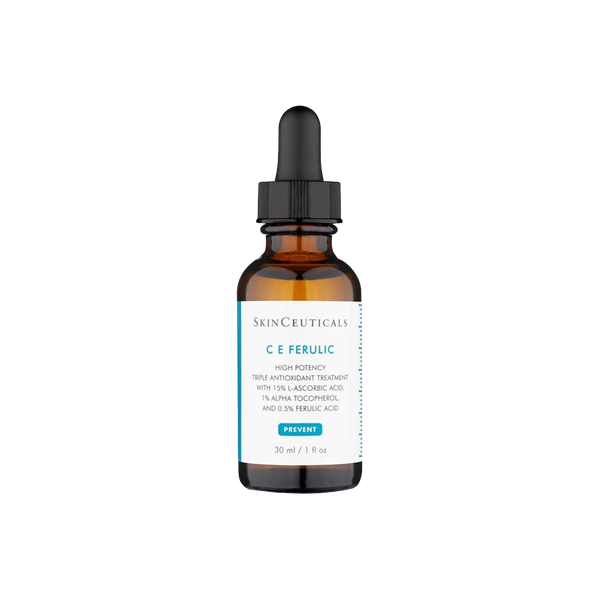
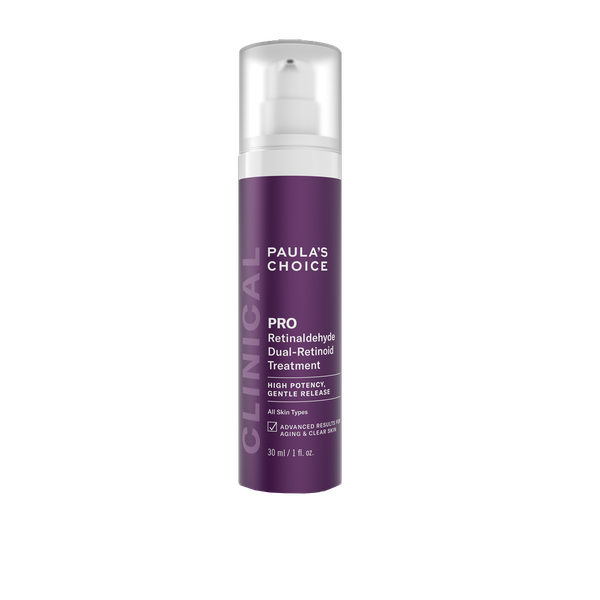
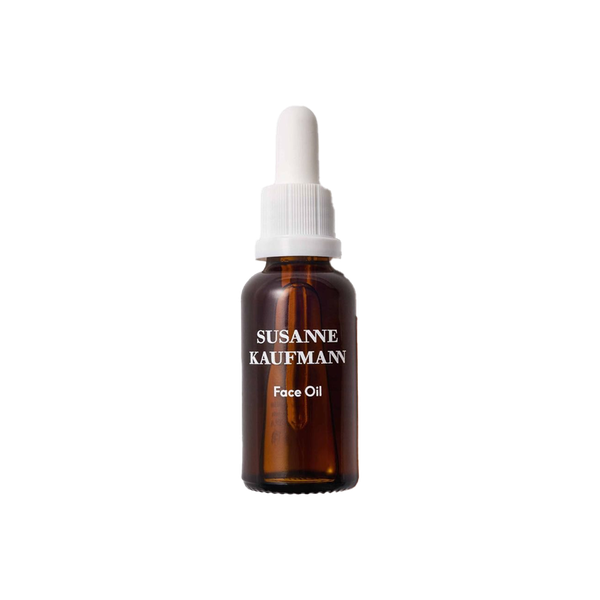
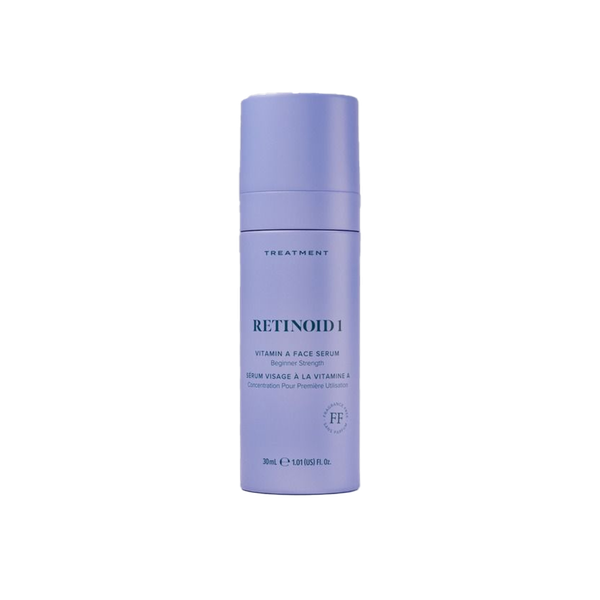
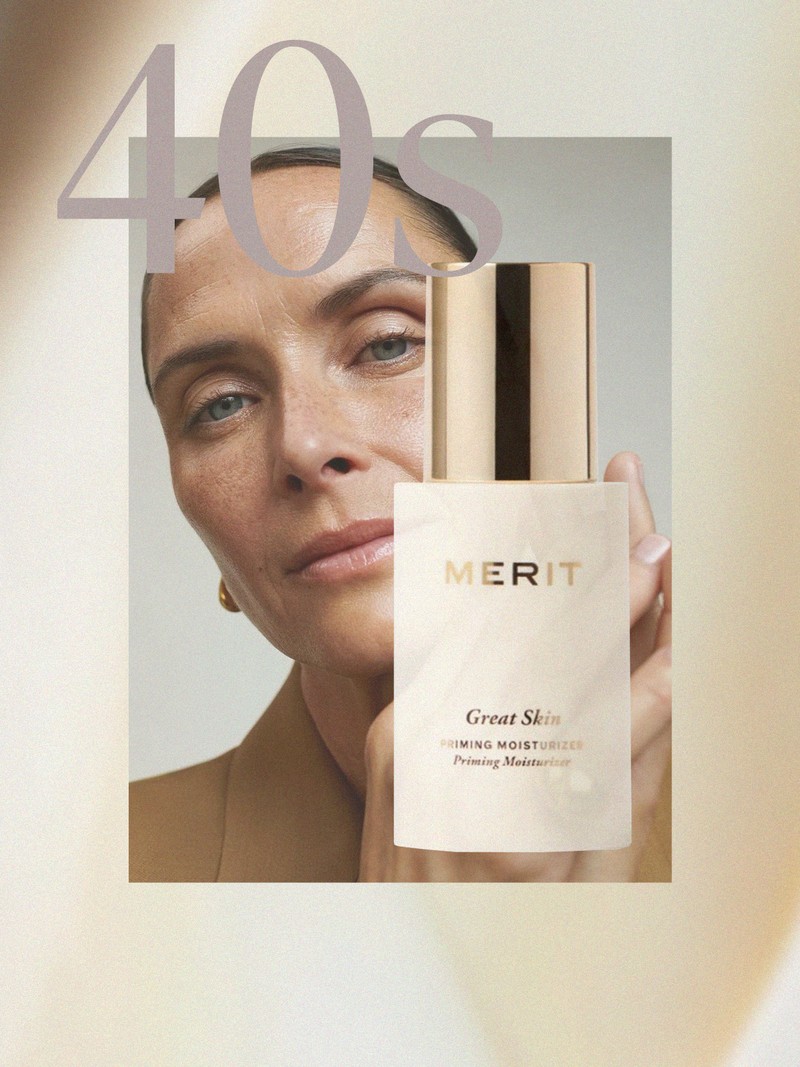
“During this stage, the skin becomes thinner and less elastic, as collagen production starts to slow down. Common signs of ageing include dryness, fine lines and dark spots. To combat this, refresh your regime with products that include ingredients like vitamin C, vitamin E, green tea and grape seed – all of which are powerful antioxidants that can help stimulate and increase elastin production. It’s important to find a gentle cleanser that contains niacinamide, as you’ll still get a deep cleanse, without the irritation. As for moisturiser, make sure it contains peptides, as these help to reduce the appearance of fine lines. At this stage, you should also be using a heavy-duty night cream. The evening is when our skin switches into repair mode, and at this time of life, it’s the easiest way to combat the common signs of ageing fast.” – Julien Azencott, co-founder of Codage Paris
THE TREATMENT TO TRY: “To combat loss of firmness and elasticity, go for a combination of HIFU (High-Intensity Focused Ultrasound), laser, microneedling and radiofrequency treatments. Together they tighten the skin, improving texture, reducing redness and evening tone, helping you to look more youthful and vibrant.” – Jasmina
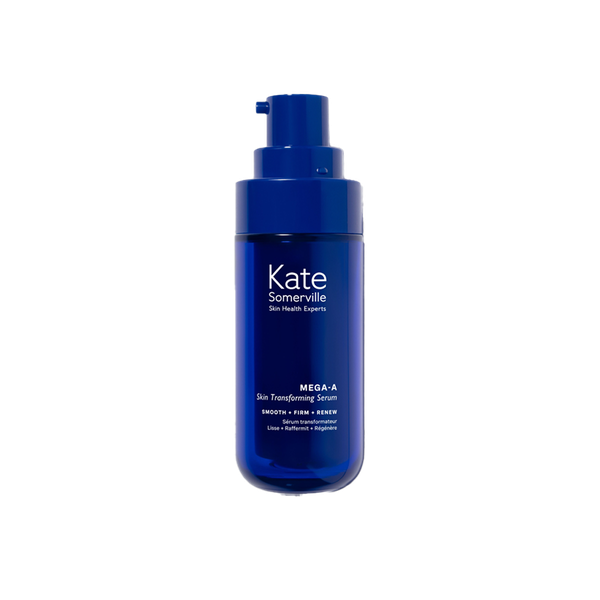
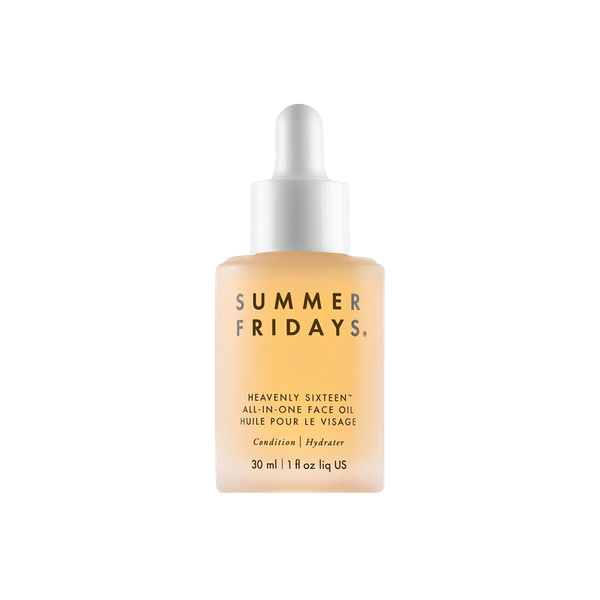
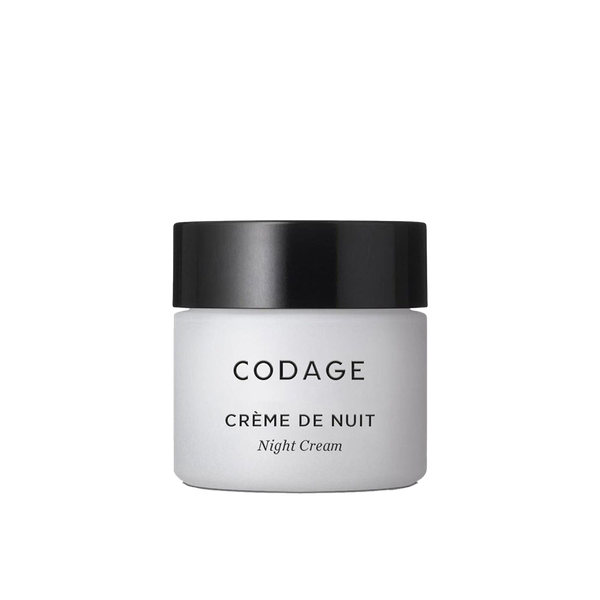
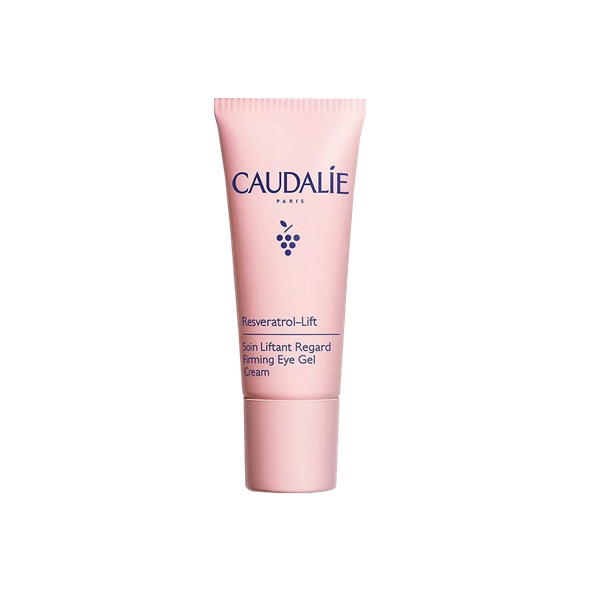
/https%3A%2F%2Fsheerluxe.com%2Fsites%2Fsheerluxe%2Ffiles%2Farticles%2F2024%2F09%2Fsl-editorial-050924-this-is-what-your-skincare-routine-should-look-like-at-every-age-50s-1_0.png?itok=nRLGeWn8)
“This is the decade when the menopause is a big factor. As much as 30% of our collagen is lost in just five years in our 50s. Add significant sun exposure to that and the damage is magnified. First and foremost, go gentle. Skin will become drier, so it’s more prone to sensitivity. If you’ve been using scrubs, brushes and foaming cleansers in your 30s and 40s, take things back to basics and support your skin’s delicate barrier with a gentle cleanser, moisturiser and serum. Secondly, protect your elastin with a daily SPF, seeking out shade and covering up when possible. Finally, amp up the number of antioxidants in your regime. These are the skin’s ultimate back-up – when UV and pollution get to your skin, antioxidants are the final line of defence. Again, use vitamin C on the neck and chest, and look out for ceramides to keep the skin plump and hydrated.” – Sam
THE TREATMENT TO TRY: “Hormonal changes can cause the skin to become drier and thinner. Mesotherapy – injecting the skin with a powerful cocktail of vitamins, enzymes and antioxidants – is great for intense hydration, resulting in a renewed healthy glow.” – Jasmina
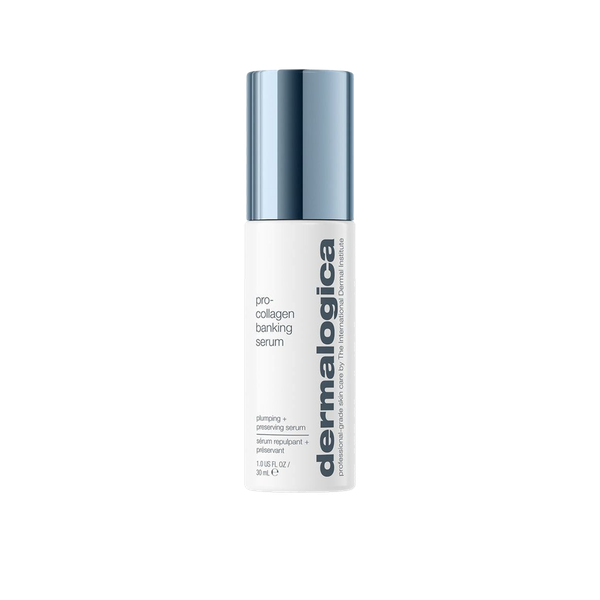
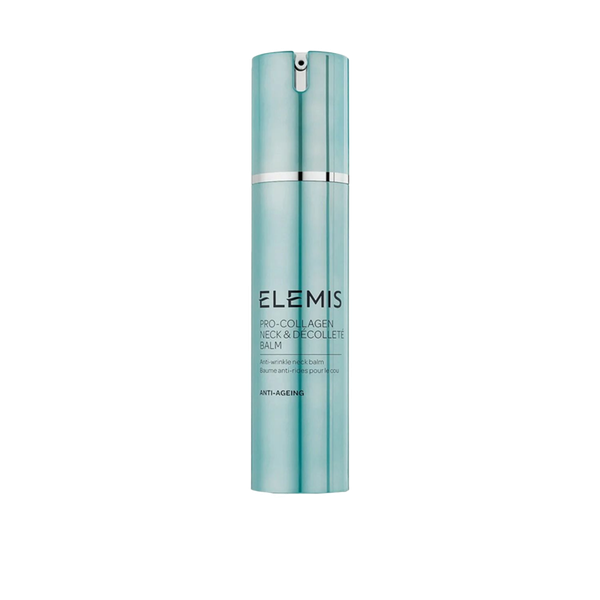
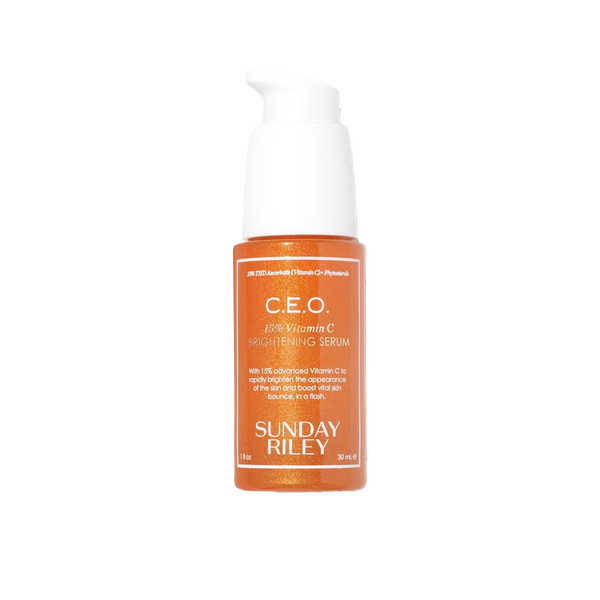
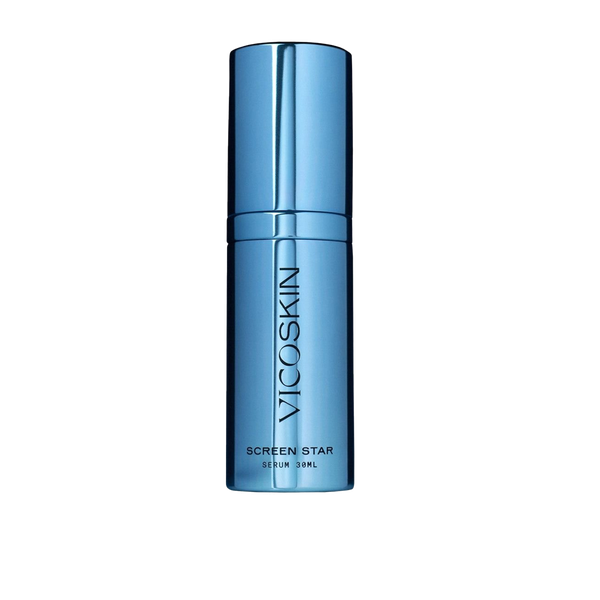
“In your 60s, lack of elasticity is often visible both in the face and the neck, due to thinner skin and weaker muscles. Now is the time to up your hydration. Look for products containing high levels of hyaluronic acid and natural oils to soften fine lines and soothe dry patches. Moisturisers should ideally contain collagen-boosting peptides and/or vitamin C to boost the skin’s overall radiance. Try to include a strong active as well, such as a retinol serum to penetrate deeply into the skin and support collagen production and improve plumpness.” – Dr Charlene DeHaven, skincare expert & clinical director at iS Clinical
THE TREATMENT TO TRY: “To give your skin a refreshed appearance, try my Resurfacing treatment (using fractional laser) alongside the Ultra MD Bright and Tight treatment. This combination will improve texture, reduce pigmentation and stimulate collagen production.” – Jasmina
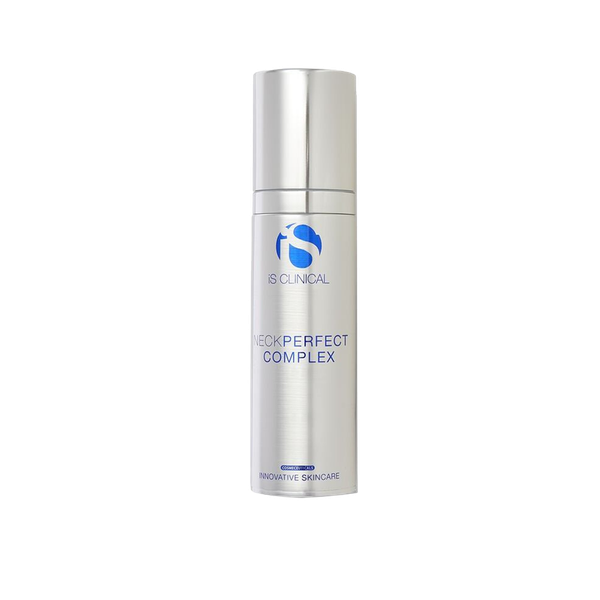
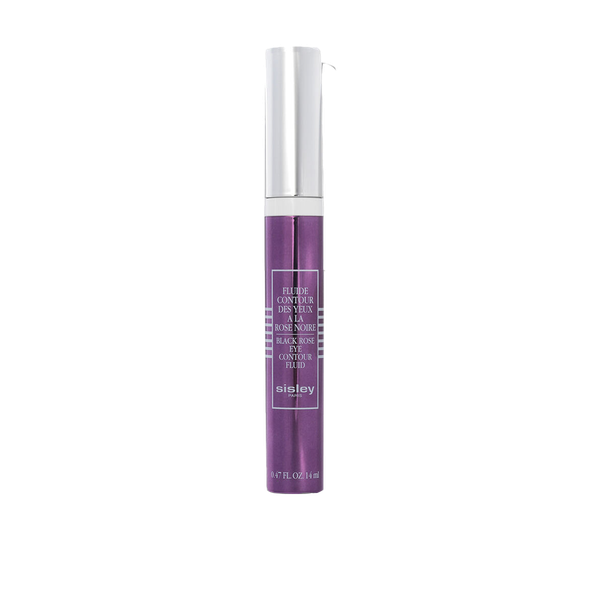
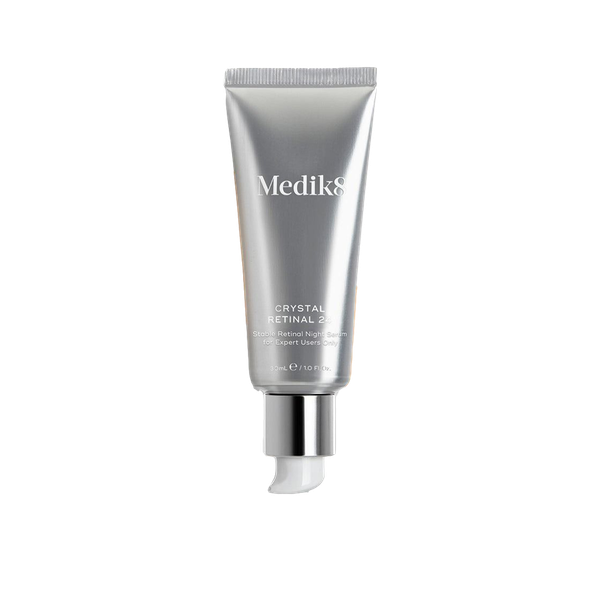

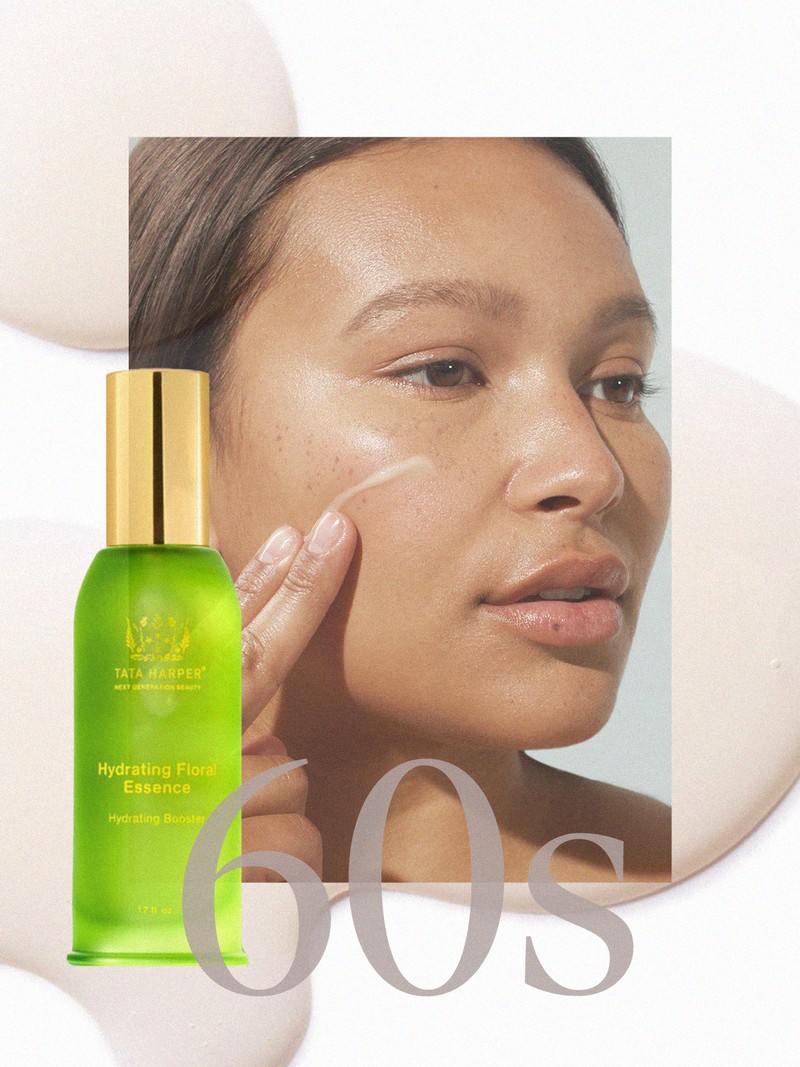
Visit DRSAMBUNTING.COM, VICOSKIN.COM & CODAGEPARIS.COM
DISCLAIMER: We endeavour to always credit the correct original source of every image we use. If you think a credit may be incorrect, please contact us at info@sheerluxe.com.

